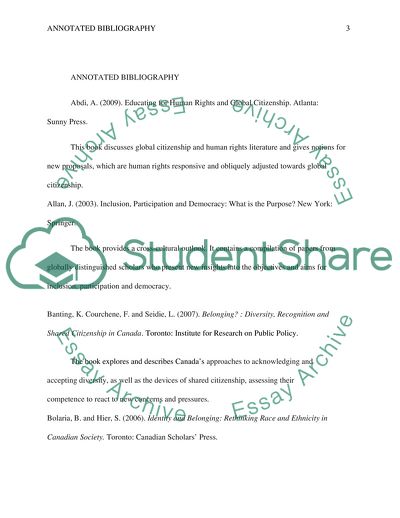Cite this document
(Human Rights and Global Citizenship Annotated Bibliography Example | Topics and Well Written Essays - 1250 words, n.d.)
Human Rights and Global Citizenship Annotated Bibliography Example | Topics and Well Written Essays - 1250 words. https://studentshare.org/sociology/1769626-social-studies-annotated-bibliography
Human Rights and Global Citizenship Annotated Bibliography Example | Topics and Well Written Essays - 1250 words. https://studentshare.org/sociology/1769626-social-studies-annotated-bibliography
(Human Rights and Global Citizenship Annotated Bibliography Example | Topics and Well Written Essays - 1250 Words)
Human Rights and Global Citizenship Annotated Bibliography Example | Topics and Well Written Essays - 1250 Words. https://studentshare.org/sociology/1769626-social-studies-annotated-bibliography.
Human Rights and Global Citizenship Annotated Bibliography Example | Topics and Well Written Essays - 1250 Words. https://studentshare.org/sociology/1769626-social-studies-annotated-bibliography.
“Human Rights and Global Citizenship Annotated Bibliography Example | Topics and Well Written Essays - 1250 Words”. https://studentshare.org/sociology/1769626-social-studies-annotated-bibliography.


